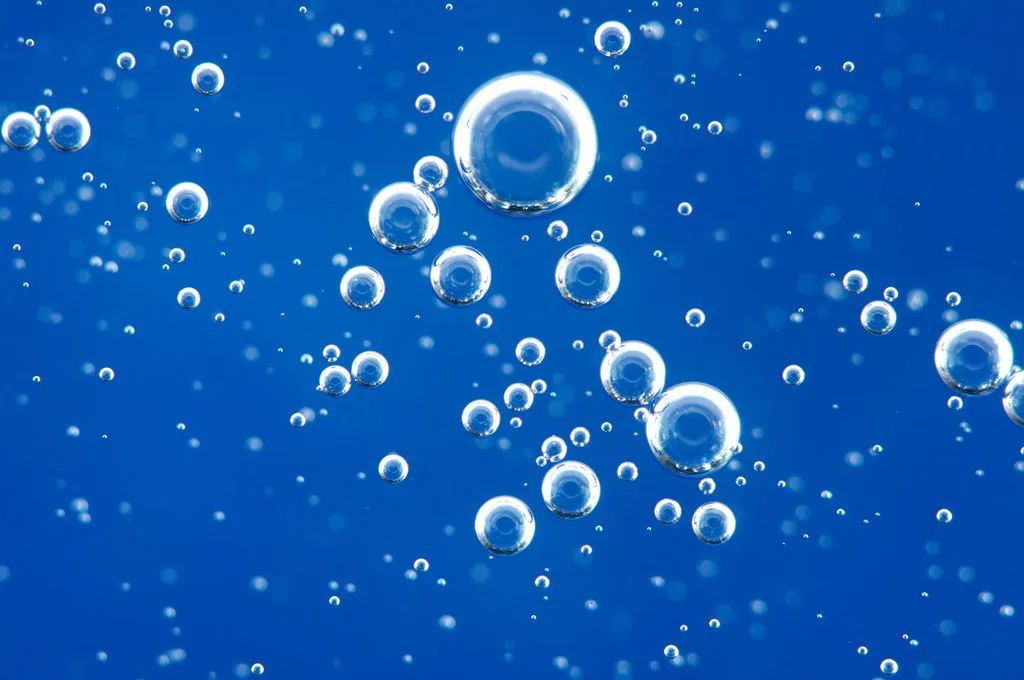What Is The Relationship Between Antifoaming Agents And Surfactants?
Defoamers are surface active agents? This question is quite technical. In fact, many workers who are new to using defoamers often ponder this question: since defoamers are processing aids, are they not surface active agents? Since everyone is curious, let me explain this issue using oil defoamers as an example.

Let me first clarify that surfactants have many functions, and different HLB values have different effects. When the HLB value of a surfactant reaches 1-3, it exhibits defoaming properties, but this is limited to certain areas rather than all applications. This is why many people mistakenly believe that surfactants are defoamers; in fact, they are different types of products. Now, I will explain the distinction between oil defoamers and surfactant defoamers.
The difference between defoamers and surfactants.
1. Each has its own defoaming method.
Defoaming agents can suppress foaming, while surfactants cannot.
The chemical stability of defoamers is in stark contrast to that of surfactants.
The main function of a defoamer is to eliminate foam, whereas a surfactant has multiple functions.
Surfactants have many side effects, while defoamers, except for a few specific defoamers, have no side effects.
Characteristics of surfactants:
The characteristics of surfactants: There are many methods for classifying surfactants, and they have various functions, including seven main functions: wetting action, micellization and solubilization, emulsification, foaming, suspension aid, disinfection and sterilization, and detergent cleaning action.
Characteristics of Defoaming Agents for Oils and Fats:
Defoaming agents for oils and fats are composed of polysiloxanes, polyethers, emulsifiers, dispersants, and stabilizers. As excellent defoaming agents, they not only exhibit outstanding anti-foaming performance but are also particularly valuable for maintaining a good defoaming effect at lower concentrations, which has led to their widespread application.
【Copyright and Disclaimer】The above information is collected and organized by PlastMatch. The copyright belongs to the original author. This article is reprinted for the purpose of providing more information, and it does not imply that PlastMatch endorses the views expressed in the article or guarantees its accuracy. If there are any errors in the source attribution or if your legitimate rights have been infringed, please contact us, and we will promptly correct or remove the content. If other media, websites, or individuals use the aforementioned content, they must clearly indicate the original source and origin of the work and assume legal responsibility on their own.
Most Popular
-

India's Q3 Smartphone Shipments Rise 3%; Japanese Mold Factory Closures Surge; Mercedes-Benz Cuts 4,000 Jobs
-

Dow To Restart Pe Units 5 And 7 This Week, Recovery Date For Unit 6 Remains Undetermined In The United States (US)
-

Key Players: The 10 Most Critical Publicly Listed Companies in Solid-State Battery Raw Materials
-

Ascend's Restructuring Plan Approved! Jwell Launches Global Acceleration Plan; Nexperia Chip Crisis Threatens Global Auto Production
-

European TDI Soars Due To Covestro Plant Shutdown






